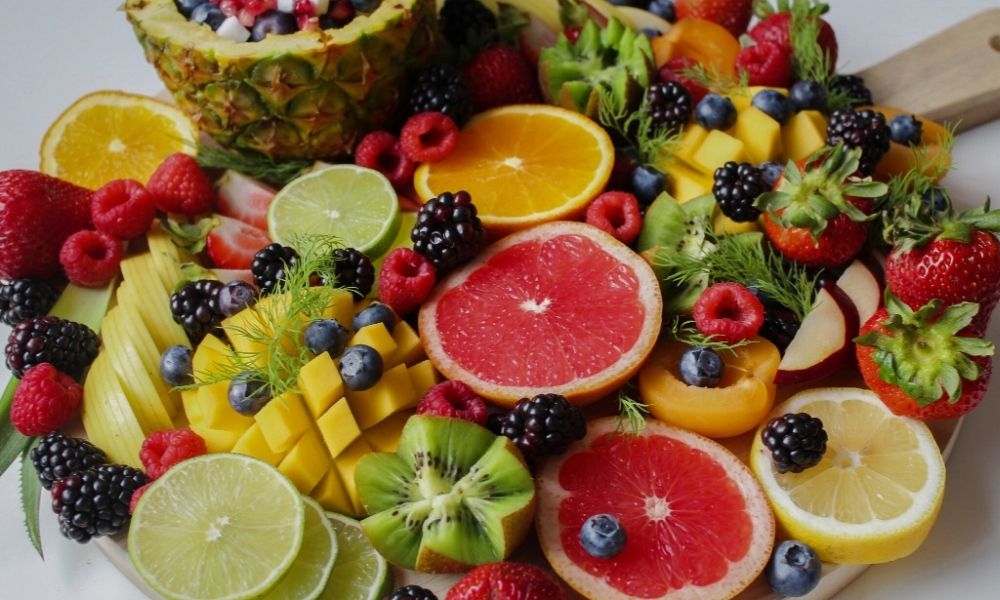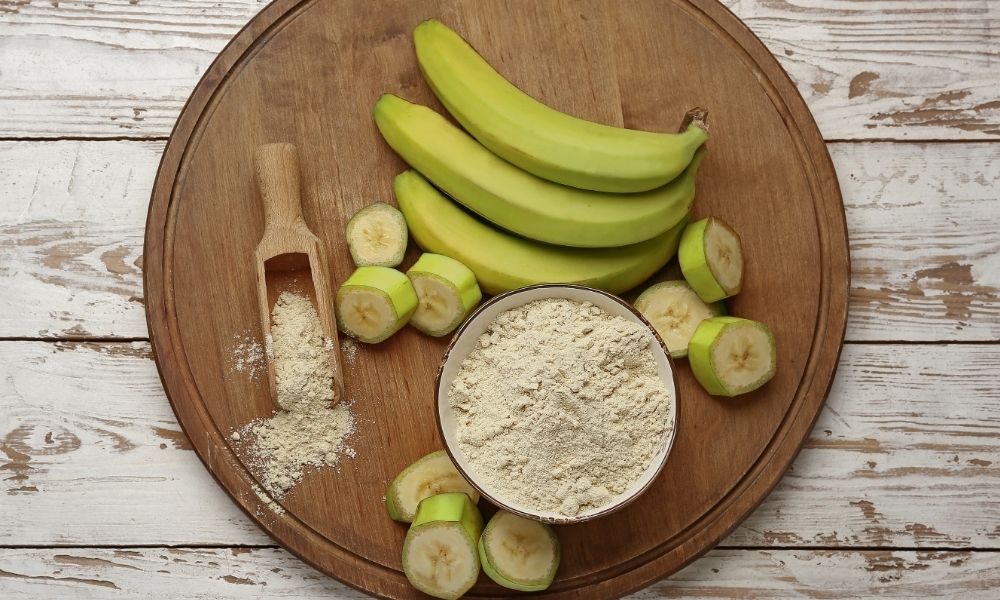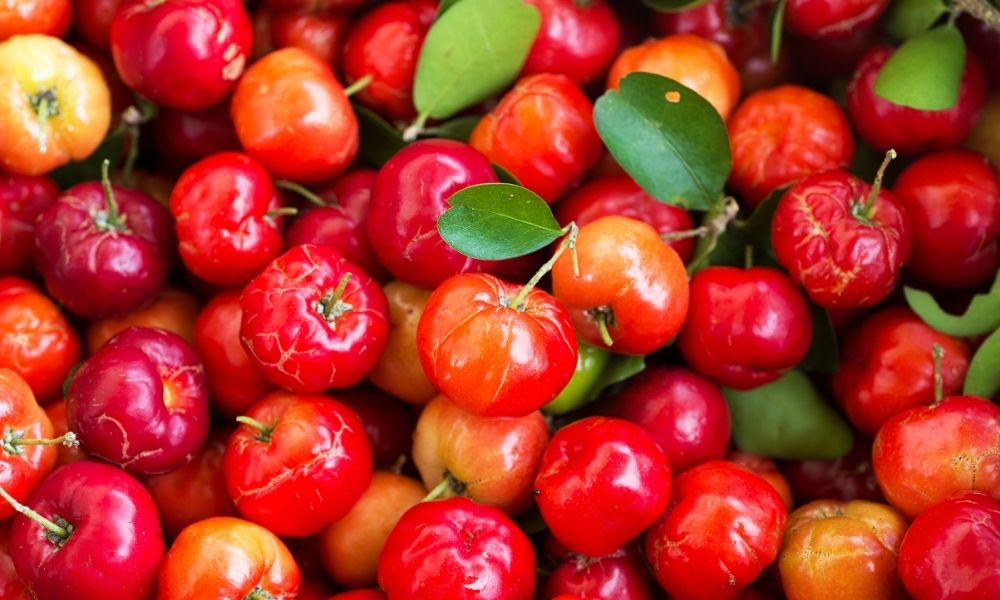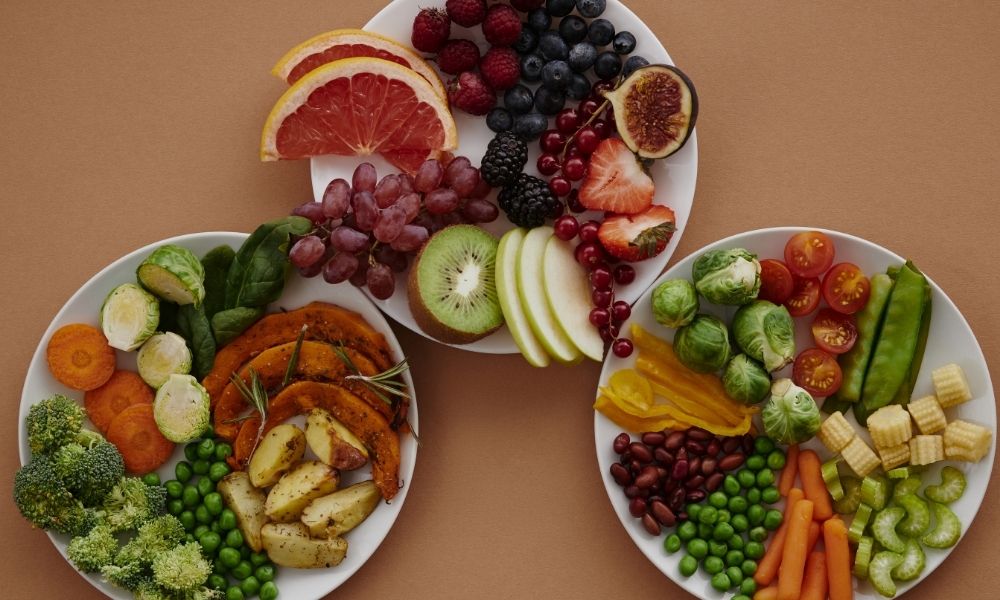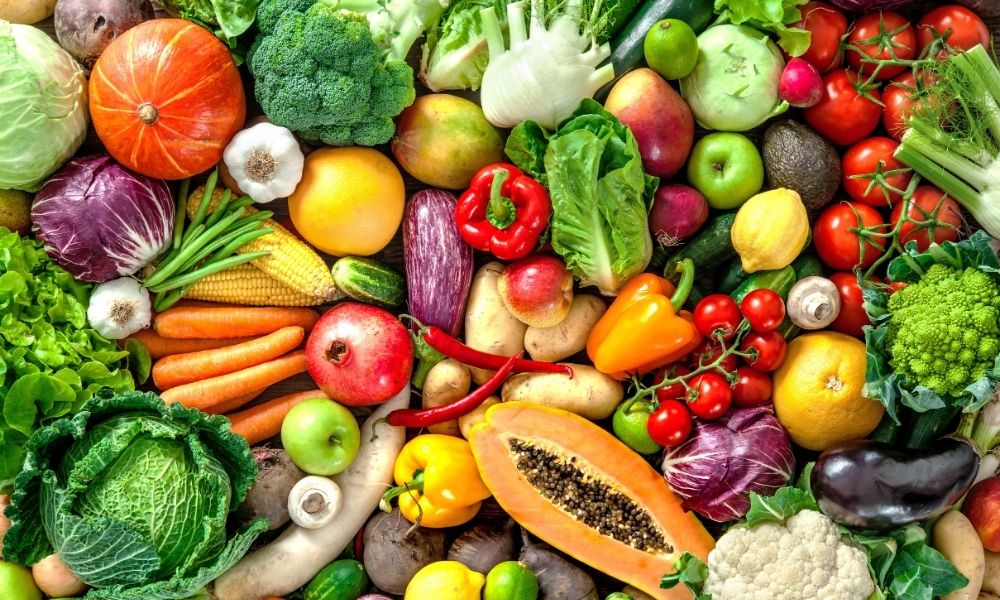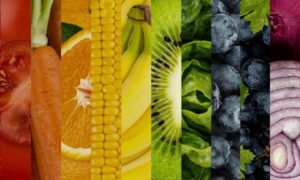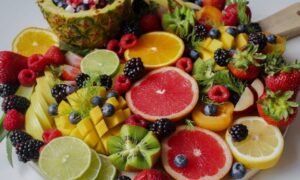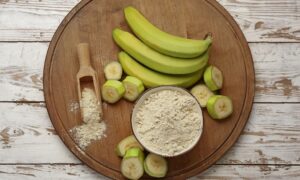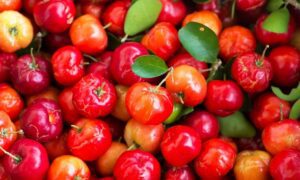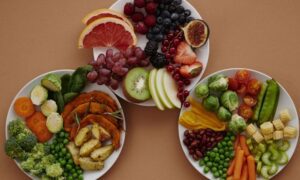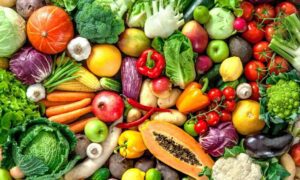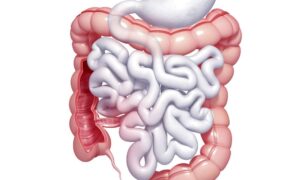It is well known that good eating habits are one of the most important ways to promote health, and that diseases such as hypertension, type 2 diabetes, obesity and hypercholesterolemia share a common factor – the diet – more specifically the consumption of industrialized food.
The way we produce and eat our food has been strongly influenced by industrialization and these changes in production and consumption are being observed with greater attention in recent years. As we began to process our food, an indicator of the quality of these products became necessary. Monteiro (2009) created a food classification index that is being applied worldwide. It helps us understand how our eating habits can affect our health.
The NOVA food classification is considered to be the most specific, coherent, clear, comprehensive and workable food classification index. It consists of 4 separate categories based on the degree of food processing: unprocessed and minimally processed ingredient or food, processed culinary ingredients, processed foods, and ultra-processed foods.
Group 1: Minimally processed foods
Whole foods that have been submitted to processes that do not substantially alter the nutritional properties of the original foods, such as the removal of inedible or unwanted parts, drying, crushing, fractioning, pasteurization, refrigeration, freezing or vacuum packaging. All these processes aim to preserve the foods and make them more accessible, convenient, sometimes safer, and more palatable.
Group 2: Processed culinary ingredients
Processed culinary ingredients like oils, fats, sugar and salt, defined as products used to prepare, season or cook ingredients that come from group 1 or from nature.
Group 3: Processed foods
Industrial products made by adding salt, sugar or other substance found in group 2 to foods of group 1, using preservation methods such as canning and bottling or non-alcoholic fermentation.
Group 4: Ultra-processed food
Normally group 2 ingredients combined with additives or food substances of rare or no culinary use to make them edible, palatable, and habit-forming. They have no real resemblance to group 1 foods, although they may look alike. They are designed to be ready-to-eat or ready-to-heat.
These food additives or food substances of rare or no culinary use can be divided into carbohydrates (invert sugar, for example), modified oils (hydrogenated or inter-esterified oils), proteins (hydrolyzed proteins, isolated proteins and “mechanically separated meat”) and flavors, flavor enhancers, and emulsifiers. They are often used to give more palatable properties to the final product. It is known that food additives present strong correlations with gut microbiota alterations leading to a pro-inflammatory state in the body, probably by decreasing healthy bacteria abundance in the gut.
According to Sneed and colleagues (2023) the energy contribution from ultra-processed foods represents more than half of the total dietary energy consumed daily in high income countries like the USA. Furthermore, this great energy contribution from ultra-processed foods was associated with poorer diet and the emergence of metabolic syndromes.
Therefore, the consumption of natural, minimally processed or unprocessed foods should be encouraged with a view to improving quality of life and reducing the incidence of chronic non-communicable diseases.
Bibliography
Monteiro CA. Nutrition and health. The issue is not food, nor nutrients, so much as processing. Public Health Nutrition. 2009 doi: 10.1017/S1368980009005291.
Sneed NM, et al. Reliability and validity of assigning ultraprocessed food categories to 24-h dietary recall data. The American Journal of Clinical Nutrition. 2023. doi: 10.1016/j.ajcnut.2022.10.016.




